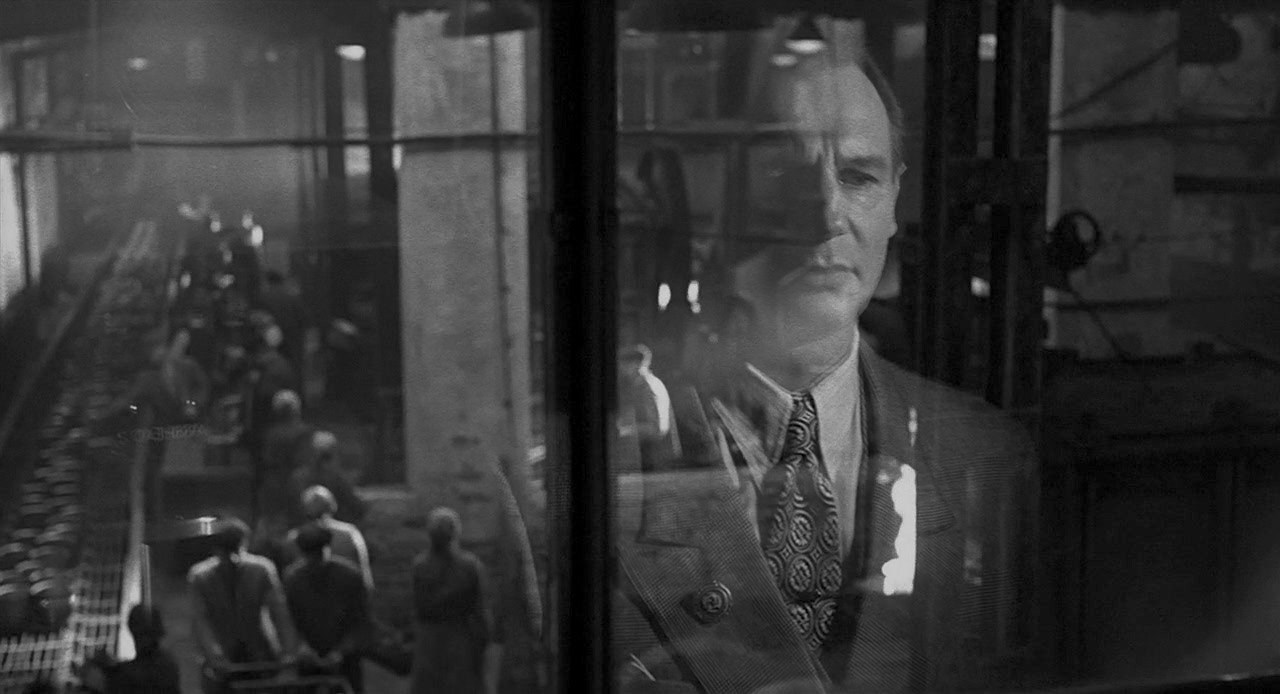This is the second post where I’m looking at one of the movies from the AFI top 100 list and discussing what writers and filmmakers can learn from it. I’m keeping in time following with the awesome podcast Unspooled, which also examines these movies and talks about how much each one deserves to be on the list. Here we are at number two, and we already have one that’s going to make you feel a bajillion different kinds of different emotions, most of them involving tears.
Confession time: this is my first-time seeing Schilndler’s List all the way through. I got through about half of it in high school and got too bummed out to finish it. I have, though, studied a couple scenes from it in film school.
And by the way, if there’s any movie to NOT stop halfway through, it’s this one. You miss all the hope and the uplifting message that comes at the end. It’s the opposite of watching the first half of Requiem for a Dream, and concluding it’s a feel good movie about drug dealers living the good life.
So instead of breaking-down a film I’ve watched several times, I’ll be giving my impressions of what I think the core central theme is (the statement or question that everything in a movie points back to--the thing that holds a movie together as a cohesive piece), and I’ll share what I personally took away as a filmmaker.
So here’s a look at the 1993 Schindler’s List, directed by Steven Spielberg and written by Steven Zaillian.
The greatest human quality
This is actually not a bad companion piece to Rocky, which we looked at last week here. Rocky studied one side of human greatness: ambition. That is the kind of greatness that makes us strive for achievements, and it’s the reason that we have airplanes and pez dispensers.
But there’s another kind of greatness. This is the greatness that instead of leading to revolutionary things, creates amazing people and societies and gets us closer and closer to world peace. As Rocky was a study of the first form of greatness, Schindler’s List is a study of the second.
It’s hard to define what evil is. It’s an abstract term, and no one can ever really agree if it should be applied it to actions or intentions or both.
What’s much easier is to talk about what evil is not. What quality needs to exist so that evilness doesn’t exist? That quality is compassion.
I gathered that the underlying theme of this movie is “compassion is the greatest human quality.”
We see examples all throughout the film of the lack of compassion and the horror that lack causes. Amon shooting people from his balcony, as casually as if he was playing Grand Theft Auto. The Nazi callously playing the piano after he just murdered a Jewish man who was man hiding inside of it. The examples stretch on and on, each time showing how the lack of this trait caused one of the worst events in human history.
Fortunately, we see several examples of the existence of compassion too. Itzhak helping to forge working papers for a man. A Nazi kid, upon recognizing a little girl and her mom, seeing them as actual human beings and helping them escape a mass slaughter. These moments give some much needed optimism to the movie.
But the heaviest lifting this theme does is with Oscar Schindler himself. We see him begin the movie without much compassion. He doesn’t lack it as much as the rest of the Nazi party, as he never does anything blatantly evil, but he’s using his factory exclusively to turn a profit, and he doesn’t care that much about his workers.
Then throughout the film we see him get more and more filled with compassion. If we can define the trait as “seeing people as humans and empathizing with them,” we get an early example when he questions the usefulness of the one-armed employee, but after he’s murdered saying that he was a quite skilled worker. As he empathizes more with the Jews, he no longer cares about earning money, even making sacrifices that costs himself a lot of revenue. By the end his main goal is to save as many people as possible from terrible outcomes.
The movie points out that compassion a greatness that can’t be faked. When Schindler tries to convince Amon to pardon people, Amon gives it a try, pardoning the kid after he’s unable to get rid of the bathtub stain. But he immediately gives into his bloodlust and shoots the kid on his way out.
The black & white could symbolize many things in the movie, including hopelessness and bleakness. But it also has a strong correlation with compassion. There’s obviously a complete lack of compassion for something like the Holocaust to even exist, as there’s a lack of color in the movie. Those moments where we do get color--the girl’s red coat, the flame of the candles, the survivors--all have strong connections with compassion.
What you can learn
We had looked at individual scenes from this movie when I was in film school, but seeing this as a whole, I had some strong takeaways.
The intensity of subtlety
The movie examines such a sad event that almost any filmmaker could make an audience feel emotional from it. Steven Spielberg could have gotten emotion easily from just showing us explicit horror after explicit horror. And although there are some examples of this, some of the most strong emotions come from the subtleties within the film.
There’s a scene early on, after many of the Jews have been forced to leave their homes, where the Nazis are going through their old items. These items carry so much sadness because of what they mean and because we know the owners of them will never have them back. The camera moving over the pile of photographs, items that are personal and sentimental by their very nature, says so much and conveys so much emotion. The photographs convey moments in time for these families that so much happier than this one.
There are some moments of triumph too that are handled with a subtle touch (as they would have to be since there can’t be much celebrating). One of the movies most triumphant moments is the kid identifying the man that Amon had already shot as the chicken thief, as to not have him shoot anyone else. It’s a moment that allows us to feel a little good for just a bit.
Making inspired choices
There’s a lot of reasons the girl with the red coat is such a famous piece of the movie: it beautifully mixes color with black and white, it humanizes a particular person and reminds us how everyone there is an individual person who’s suffering, it makes it easy to recognize the girl when she shows up on the pile of bodies later, it lends to the theme of the film.
But it also is such an inspired way to show what Schindler is focusing on. Almost any other movie would do this by showing the group, then showing Shindler face, then showing a closeup of the girl to try to tell us “hey, this is what he’s focusing on.”
The movie is so much more creative than that. By giving the girl’s red coat a color, it lets us view her exactly the way that Shindler is viewing her, while ensuring that our focus is matching his.
It’s a good lesson on why not to always rely on the conventional tactics when making a movie and how, for a lack of a better phrase, thinking outside the box with setups and shots can create an amazing experience.
I’m glad that I did watch this movie all the way through.
Like with the red coat, the darkness and the evilness in this movie make those moments of compassion stand out even more. We’re examining something evil, but within the evil, the development of compassion wound up saving a lot of lives.
And in the risk of being even more cheesy, it reminds us that movies can be more than just entertainment. They can be sign posts leading us towards becoming greater people.
Thanks for reading! If you liked this, please join our mailing list: https://www.candivan.com/subscribe/




